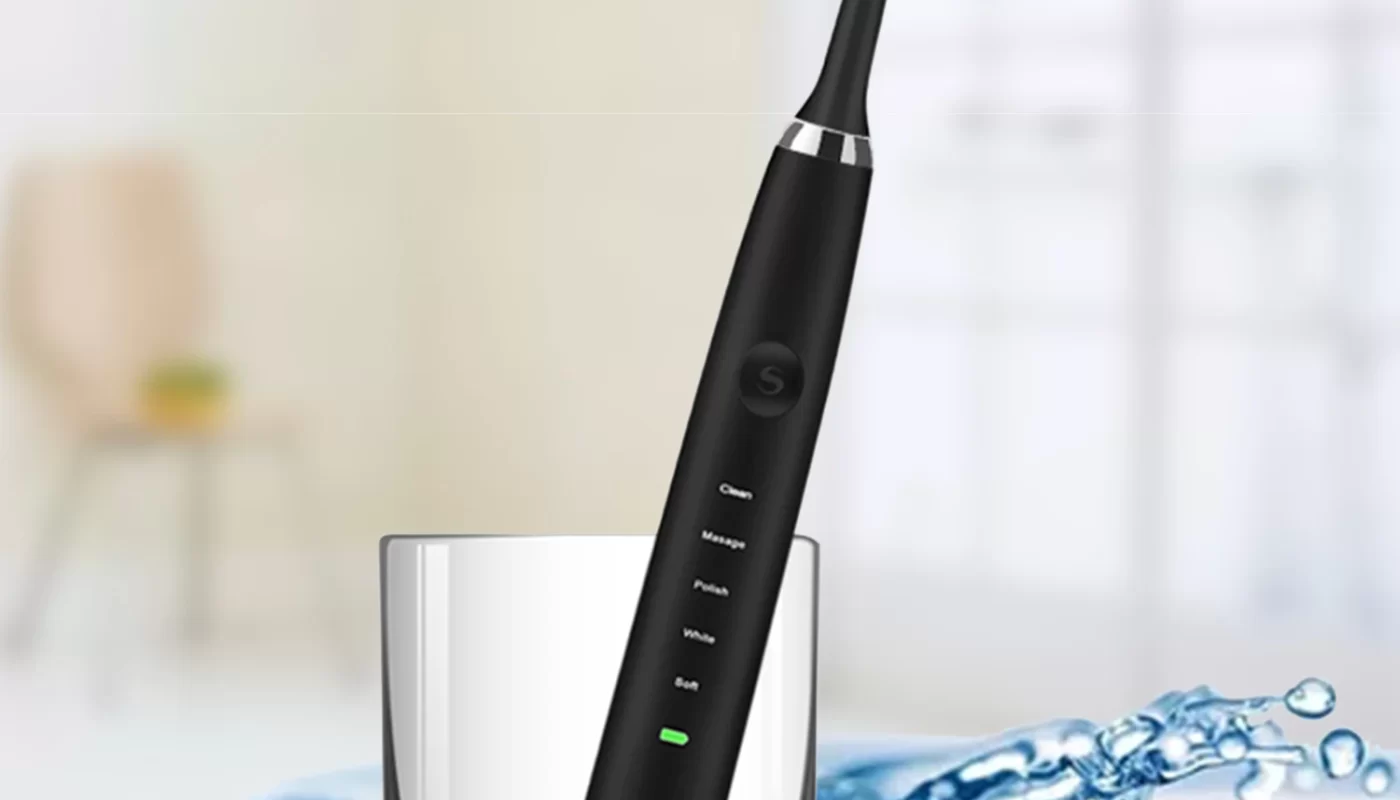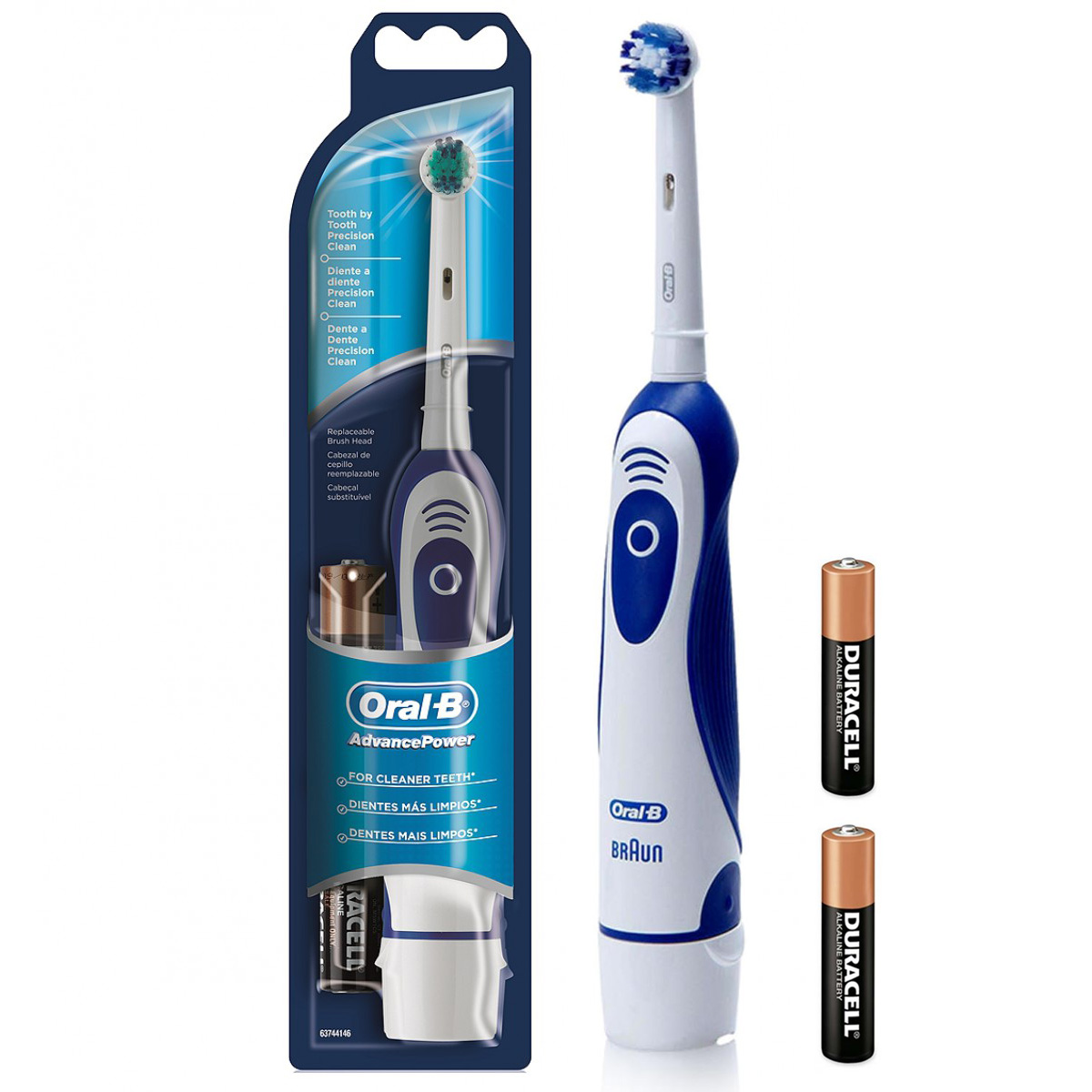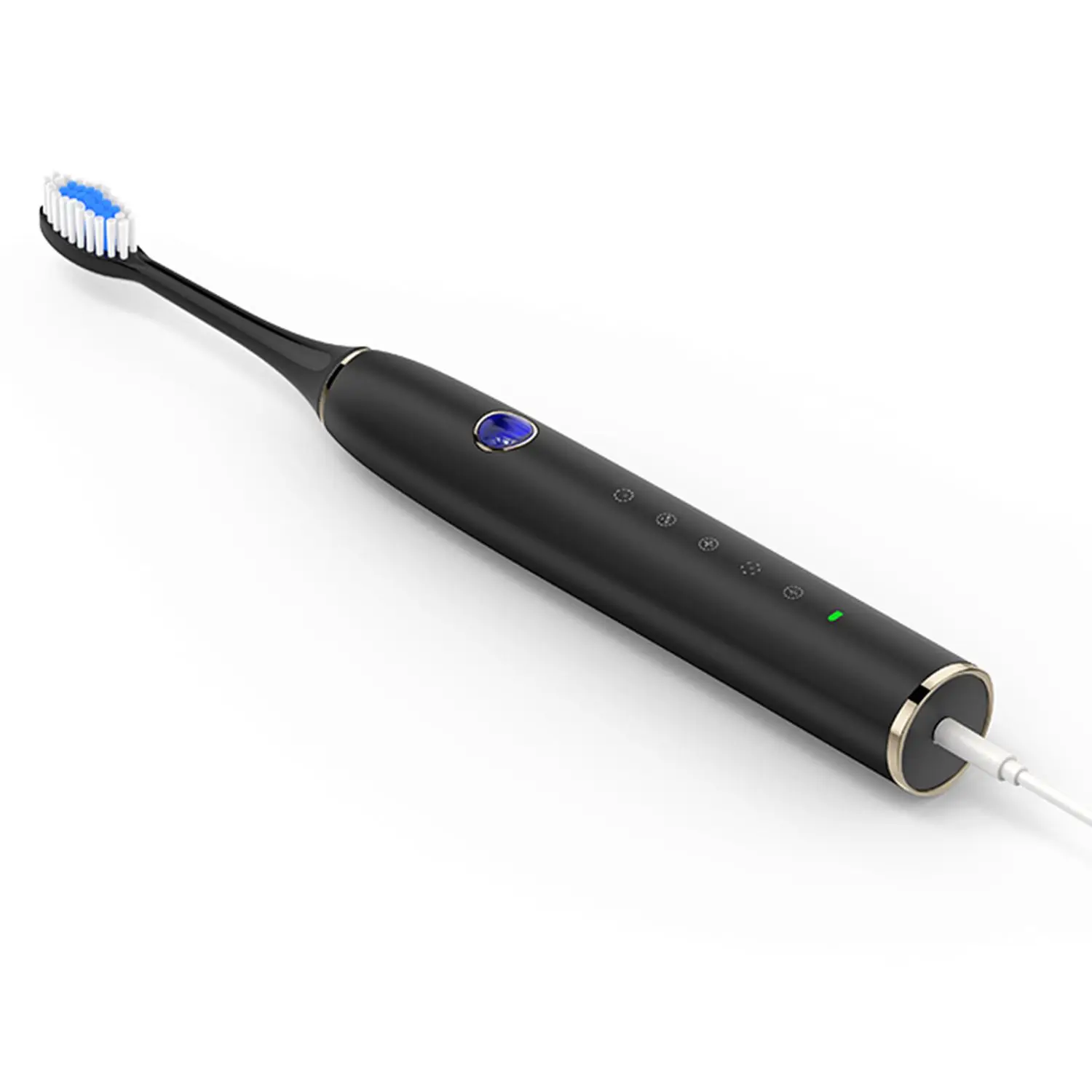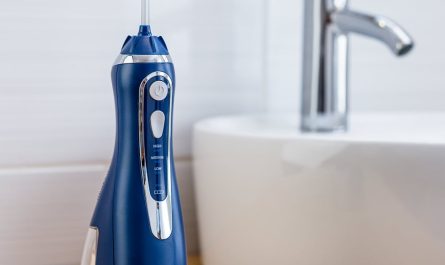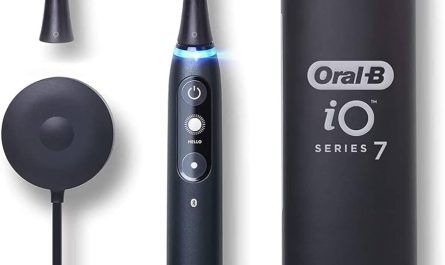Electric toothbrushes have revolutionized dental hygiene, providing an efficient and effective way to maintain oral health. Despite their durability, electric toothbrushes are not immune to wear and tear. Knowing when your electric toothbrush is dying can help you avoid compromised dental care. Identifying the early signs can prevent unexpected interruptions and ensure your brushing routine remains effective. How do you know when your electric toothbrush is dying? Delve into the telltale signs and practical solutions to identify and address this issue.
Decreased Performance
One of the most obvious indicators that your electric toothbrush is dying is a noticeable decrease in its performance. Initially, your toothbrush might fail to reach its usual speed or strength. The brushing action may seem sluggish, significantly diminishing the cleaning efficacy of the toothbrush.
If you suspect a decrease in performance, compare it to a new or fully charged toothbrush. Sometimes, a simple recharge can solve the issue, but if the reduced performance persists, it could indicate the battery or motor is wearing out. Keeping track of performance changes helps identify when your toothbrush needs attention.
Shortened Battery Life
Another clear sign of a dying electric toothbrush is a shortened battery life. You might notice that your toothbrush requires more frequent charging or that it doesn’t hold a charge for as long as it used to. When new, most electric toothbrushes can last several days, if not weeks, on a single charge.
However, over time, the battery diminishes in capacity. If your toothbrush struggles to maintain a charge even after a full night of charging, it’s a strong indication that the battery is nearing the end of its life. Monitoring battery longevity helps you plan for a replacement before it fully dies.
Inconsistent Operation
Consistency is crucial for effective dental care. If your electric toothbrush begins to operate inconsistently, with fluctuations in speed or power during use, it’s a sign that something is wrong. These fluctuations can result in an uneven cleaning experience, leaving some areas of your teeth less thoroughly brushed.
Inconsistent operation might be due to a failing motor or internal connection issues. If the problem persists despite regular charging and maintenance, it’s time to consider a new toothbrush. Recognizing inconsistent operation ensures that your dental hygiene routine remains reliable and effective.
Unusual Noises
Electric toothbrushes typically produce a consistent hum when in operation. However, if you notice unusual noises such as grinding, whirring, or clicking, it’s a sign of mechanical issues. These sounds often indicate that internal components are worn or damaged.
Addressing unusual noises early can sometimes mean a quick fix if the issue is minor. However, persistent strange noises usually suggest more severe wear and tear, indicating the toothbrush is nearing the end of its lifespan. Being attuned to sound changes helps catch potential problems early.
Physical Wear and Tear
Physical wear and tear on the toothbrush handle, buttons, or charging port can also signal that the device is dying. Cracks, discoloration, or buttons that are harder to press are all signs of aging equipment. Additionally, if the charging port becomes loose or the brush head doesn’t secure properly, it compromises the device’s functionality.
Inspect your toothbrush regularly for any physical damage. While occasional wear is normal, significant damage often means it’s time for a replacement. Regular inspection and maintenance prolong the life of your toothbrush and ensure it continues to function effectively.
Longer Charging Times
If you notice that your electric toothbrush is taking significantly longer to charge than usual, it’s a sign that the battery is deteriorating. Initially, a full charge might take a few hours, but as the battery ages, it can take much longer to reach full capacity, or it might never fully charge at all.
In some cases, the charging issue may stem from a defective charger. However, if you’ve ruled out charger issues and the problem persists, it likely means the battery’s efficiency is declining. Paying attention to charging times helps determine when the battery is nearing the end of its lifespan.
Frequent Powering Off
A toothbrush that frequently powers off during use can be incredibly frustrating and indicates a serious problem. This issue could be due to a faulty battery connection, internal circuitry issues, or a failing motor. If your toothbrush turns off intermittently or unexpectedly during brushing, it’s no longer reliable.
Frequent power interruptions not only hinder your brushing routine but also prevent efficient cleaning. If troubleshooting such as ensuring a full charge or trying different outlets doesn’t resolve the issue, it’s likely time to invest in a new electric toothbrush. Ensuring continuous operation is essential for consistent dental care.
Diminished Vibration
The primary effectiveness of an electric toothbrush lies in its vibration and rotating movements. If you notice that the vibration intensity has decreased significantly, it affects the toothbrush’s ability to clean teeth thoroughly. A drop in vibration strength is often due to an aging motor that has begun to wear out.
Comparing the vibration strength with other similar models or a new toothbrush can provide clarity on whether yours is performing below par. If diminished vibration becomes noticeable and persistent, it’s a strong indicator that your toothbrush is dying. Effective vibration is key to optimal oral hygiene.
Overheating
An electric toothbrush that becomes unusually warm during or after use may be experiencing internal issues. Overheating can signal problems with the battery, motor, or internal circuitry, and can potentially be dangerous if left unchecked. If your toothbrush heats up excessively while charging, it’s a major red flag.
Overheating reduces the lifespan of internal components and poses a safety risk. If you observe consistent overheating, discontinue use and consider replacing the toothbrush. Prioritizing safety and functionality ensures that you’re not exposed to unnecessary risks.
Reduced Cleaning Effectiveness
Ultimately, the primary function of an electric toothbrush is to clean your teeth effectively. If you start to notice that your teeth don’t feel as clean after brushing or you’re seeing more plaque build-up or other dental issues, it’s a sign that your toothbrush might not be performing adequately.
Regular dental check-ups can help identify if insufficient cleaning is due to the toothbrush or other factors. If your dentist suggests your brushing technique is fine but your teeth still aren’t as clean as they should be, it may be time to replace your electric toothbrush. Sustaining effective cleaning ensures your dental health remains optimal.
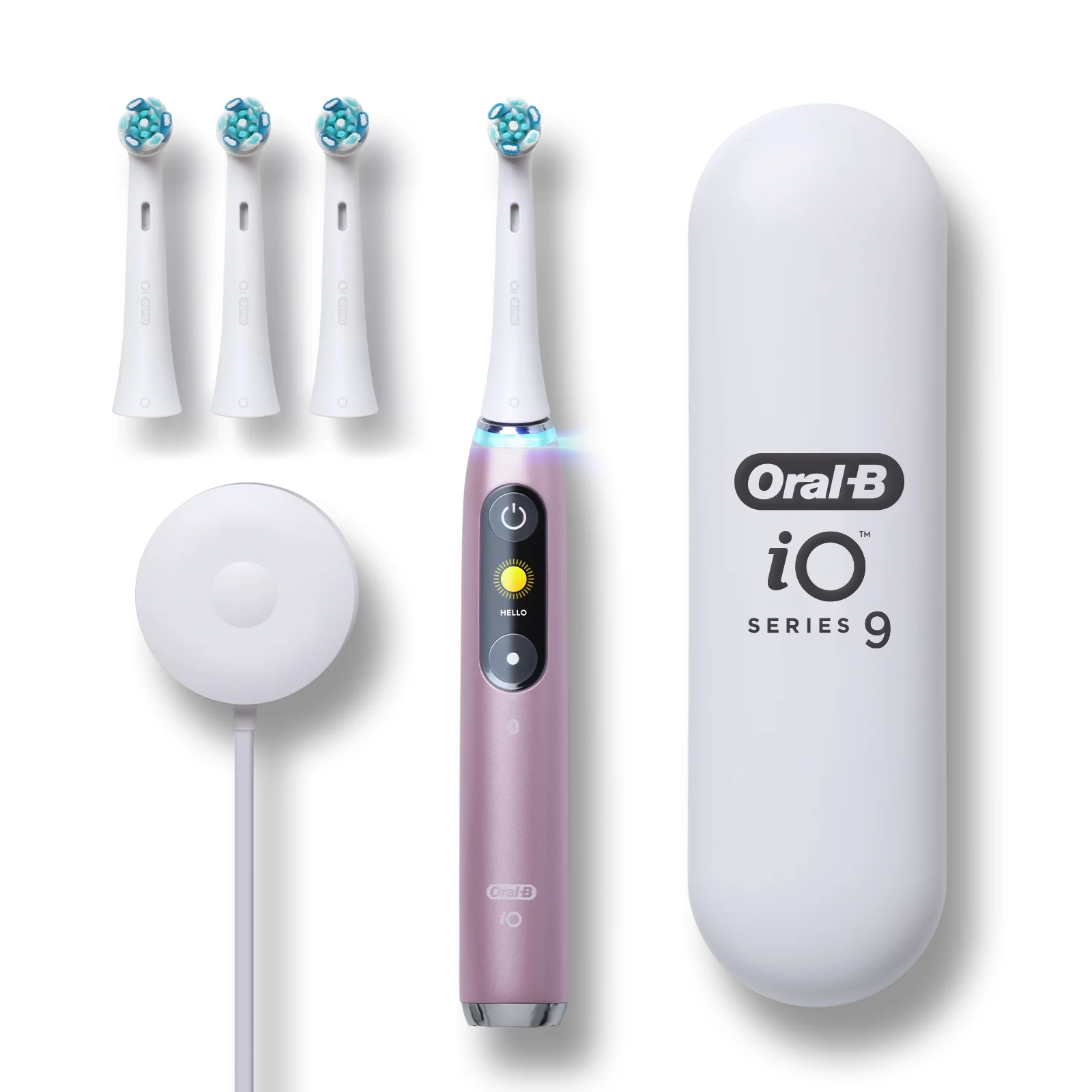 Age of the Toothbrush
Age of the Toothbrush
Electric toothbrushes have an average lifespan of three to five years, depending on usage and care. If your toothbrush is reaching or surpassing this age, it’s likely nearing the end of its functional life. Even with careful maintenance, internal components degrade over time.
Replacing an aging toothbrush ensures you receive the best performance and avoid sudden failures. Regularly updating to newer models also provides opportunities to benefit from technological advancements in dental care. Keeping track of the age of your toothbrush helps in planning timely replacements.
Troubleshooting Tips
Before concluding that your electric toothbrush is dying, try some troubleshooting steps. Clean the charging contacts, ensure that the charger is functioning correctly, and check for any firmware updates if your toothbrush supports them. Sometimes, simple maintenance tasks can resolve performance issues.
Replacing the brush head with a new one can also improve cleaning effectiveness if the bristles are worn. By ruling out minor issues, you can confirm whether the toothbrush is genuinely reaching the end of its life. Effective troubleshooting can sometimes extend the lifespan of your electric toothbrush.
Transitioning to a New Toothbrush
When it’s clear that your electric toothbrush is dying, transitioning to a new one is essential. Consider your current experience and decide whether to stick with the same brand or explore new options. Look for features that address any shortcomings you experienced with your old toothbrush, such as better battery life or improved cleaning modes.
Purchasing a new toothbrush can be an opportunity to enhance your oral hygiene routine. Make sure to recycle your old toothbrush properly as many brands offer recycling programs. Transitioning smoothly ensures you maintain uninterrupted and effective dental care.
Conclusion: Maintaining Effective Oral Hygiene
In conclusion, knowing when your electric toothbrush is dying involves observing signs like decreased performance, shortened battery life, inconsistent operation, unusual noises, and physical wear. Regular monitoring and troubleshooting can extend the lifespan of your toothbrush, but recognizing when it’s time to replace it is essential for maintaining effective oral hygiene. By paying attention to these indicators, you ensure that your brushing routine remains reliable and efficient, contributing to better dental health. Investing in a new electric toothbrush when necessary keeps your dental care routine at its best.

